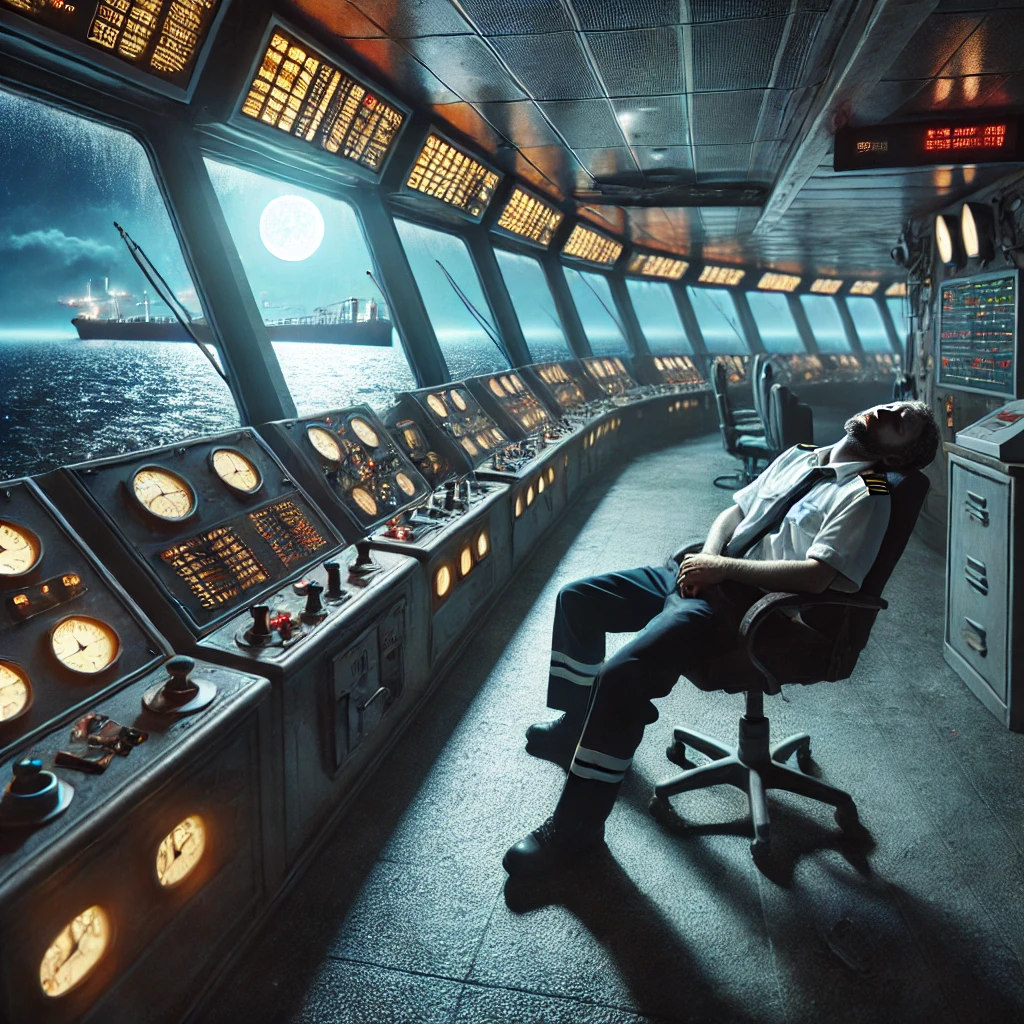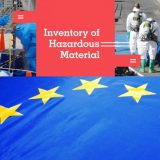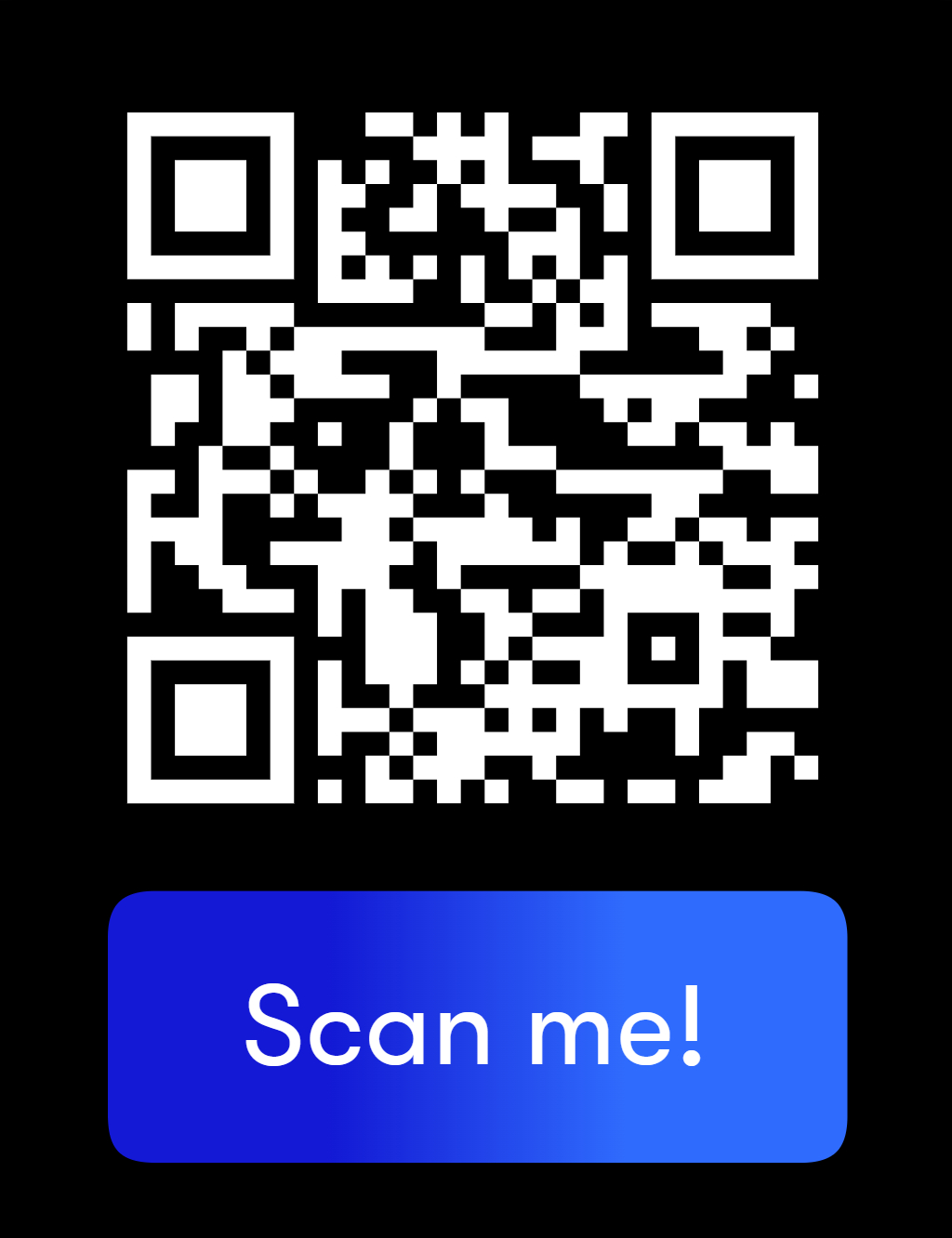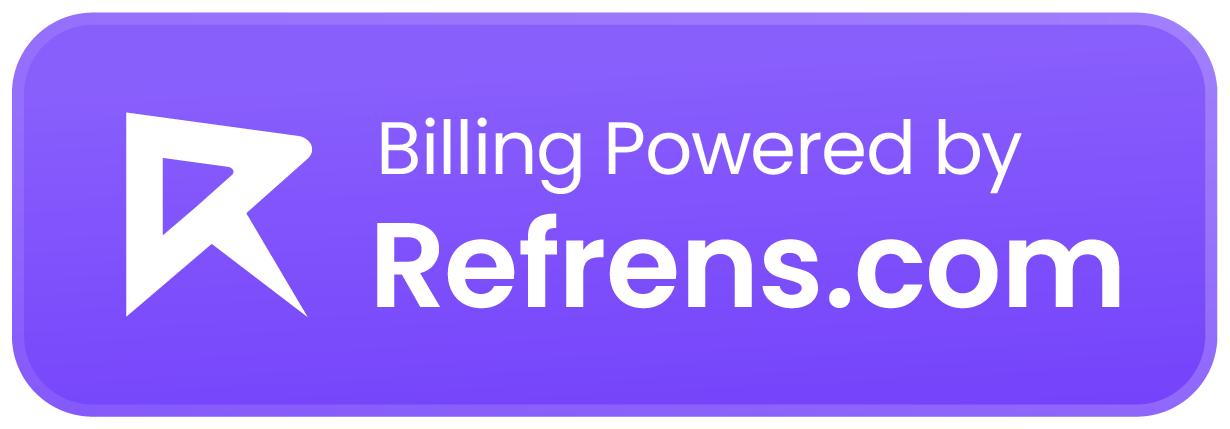The ship, the Avunda, is owned by Lilium Shipping S.A., and its commercial operator is Lavinia Corporation, controlled by the Greek brothers Panos and Thanasis Laskaridis.
The brothers are major powers in global shipping and enjoy good relations with the conservative, business-friendly New Democracy party currently in power in Greece.
They are also well known for supporting efforts to clean up the sea and coastline and, most recently, to rid Greece of single-use plastics.
The Avunda faced question marks over its cleanliness, however.
After almost a month in Antarctica, the 27 year-old cargo ship left its protected waters and, on October 18, 2019, was inspected in China’s Zhoushan port on the East China coast.
There, inspectors registered 11 faults, including a number concerning the ship’s air pollution certificate and oil filtering equipment.
The vessel was detained by port authorities; it resurfaced in 2020, in a report by Greenpeace detailing the dangers posed by reefers to perhaps the last great wilderness on earth.
With a high failure rate in port inspections, oceanographers and environmental activists say reefers have no place in the highly sensitive waters of Antarctica.
They also dominate so-called transshipping, the practice of transferring a catch from one vessel to another, usually from a fishing ship to a reefer. The practice is closely monitored in port, but not so much far offshore, where illegal catches can be concealed. In the Antarctic this means krill, a crustacean that is crucial to the Antarctic ecosystem as food for whales, seals, penguins, squid and fish and is subject to catch restrictions.
The Commission for the Conservation of Antarctic Marine Living Resources, CCAMLR, an international body that regulates marine life in Antarctica, limits the fishing of krill in the Southern Ocean, but transshipping is sometimes used to get around it.
While the Greenpeace report does not directly accuse it of illegality, in the protected CCAMLR zone the Laskaridis family dominates. Of 25 reefers tracked by Greenpeace in the zone between 2017 and 2019, 19 were owned or controlled by the brothers, though some have since changed hands.
“The global network of reefers facilitates the transportation of fish, people and other goods across the world – by operating out at sea, far from scrutiny, this system is known to facilitate some of the worst behaviour on the ocean,” said Alkis Kafetzis, Greenpeace Greece’s ocean campaigner.
“From illegal fishing to human rights abuses, transshipment lies at the heart of an unsustainable and damaging distant water fishing fleet. It enables vessels to stay at sea far longer than is safe for the crew and muddies global supply chains making it easier for illegally caught fish to enter the market.”
The Laskaridis deny having anything to do with illegal cargo and say the faults found by inspectors on their boats are minor and swiftly rectified before they sail again.
CCAMLR – the Commission for the Conservation of Antarctic Marine Living Resources – was established almost four decades ago as a response to the growing commercial interest in krill and the dangers this posed to marine life in the Antarctic.
The Commission issues licences for toothfish and krill fisheries in the Southern Ocean, and all vessels sailing in the controlled zone – including fishing vessels and reefers – need permission to do so.
Between 2017 and 2019, six vessels owned or controlled by Laskaridis were observed by Greenpeace in protected zones of the Antarctic and subsequently detained in port, the harshest penalty a port inspector can impose.
Of the six, besides the Avunda, one other vessel – a reefer named Iris – had faults that could be deemed a risk to the environment.
Tracking data obtained by BIRN show the Iris entered CCAMLR waters in March 2017 and again in March 2018, travelling to the South Shetland Islands at the very top of Antarctica.
The Panama-flagged Iris, owned by the Laskaridis brothers via their Seaview Maritime S.A, was detained in Zhoushan in October 2017 between two trips to Antarctica.
According to Lloyd’s List Intelligence, a maritime information service, a total of 10 faults were recorded, including several concerning the ship’s sewage treatment plant, oil filtering equipment and lifeboats.





